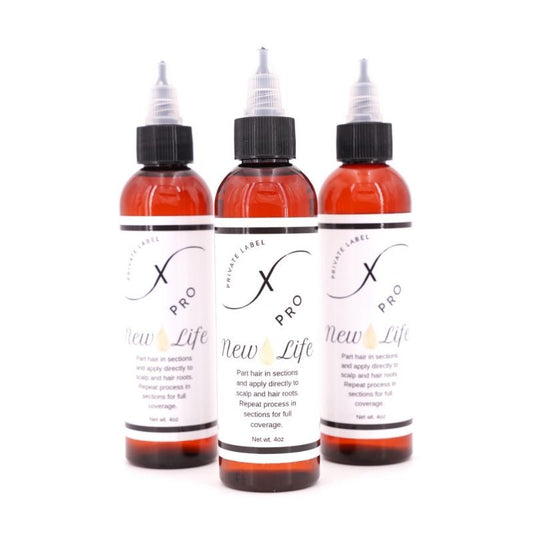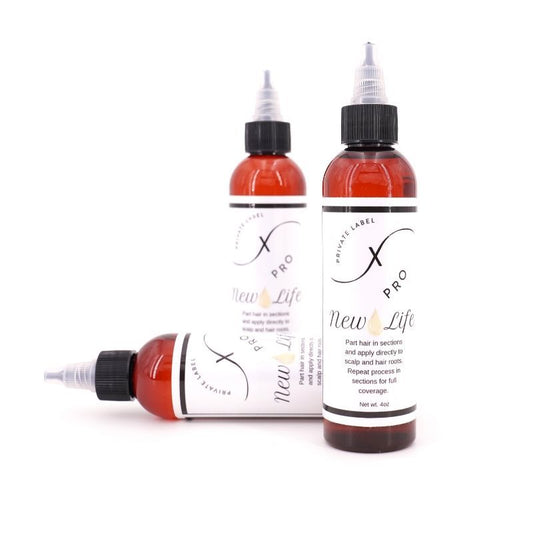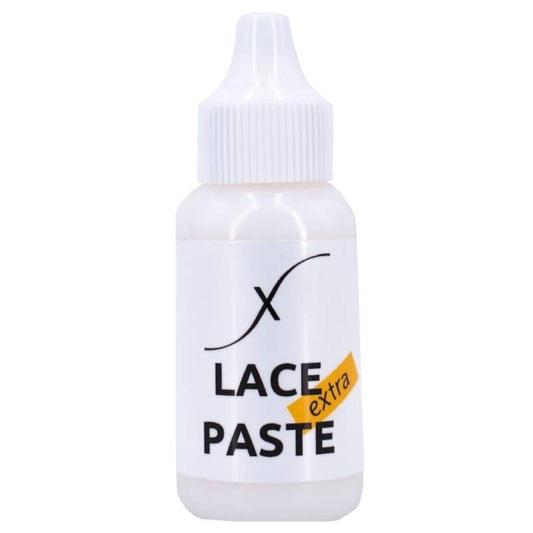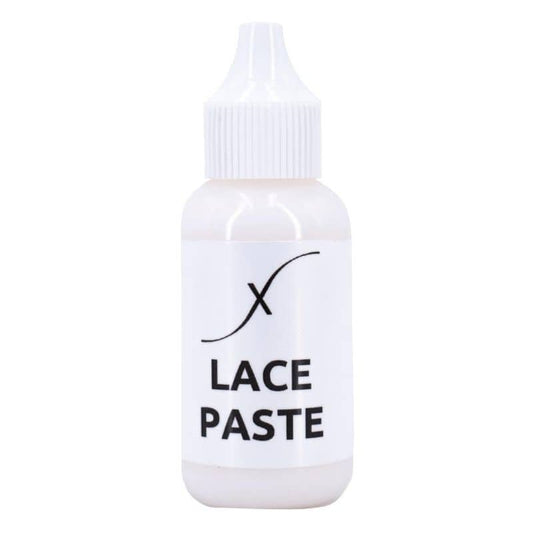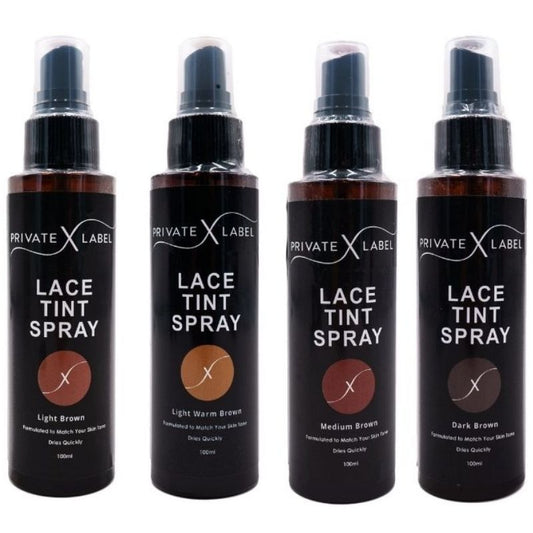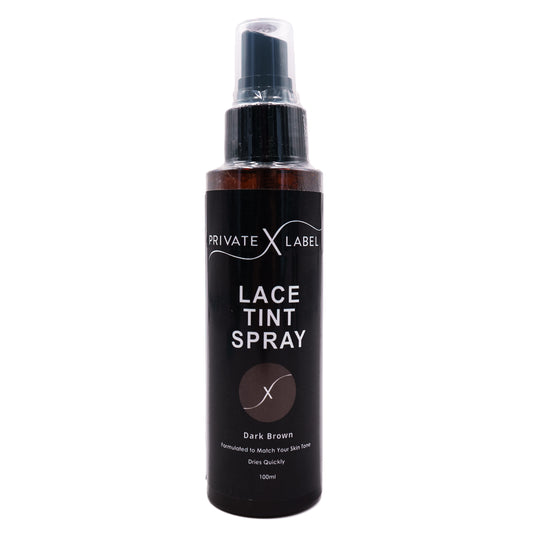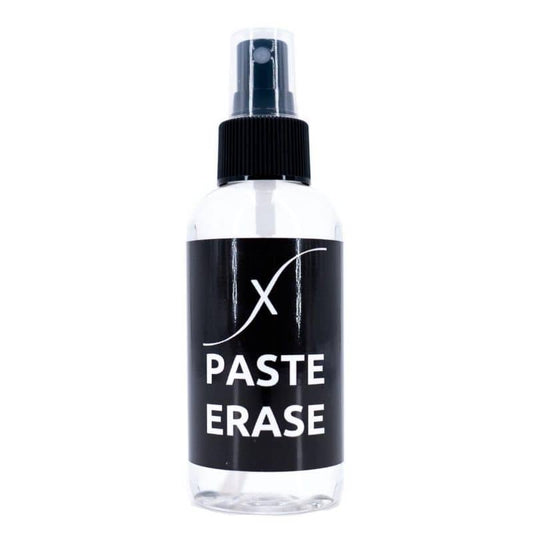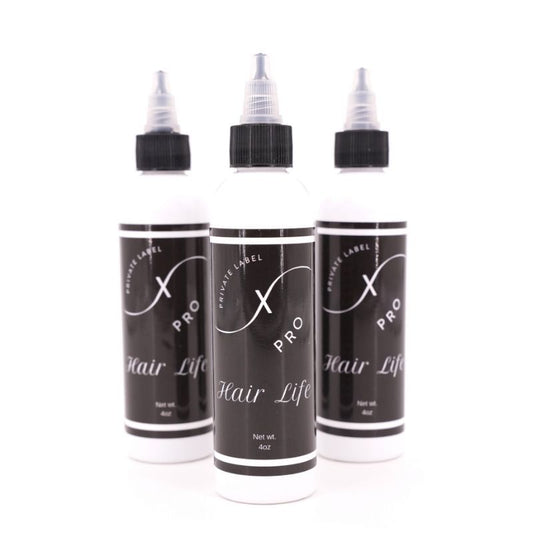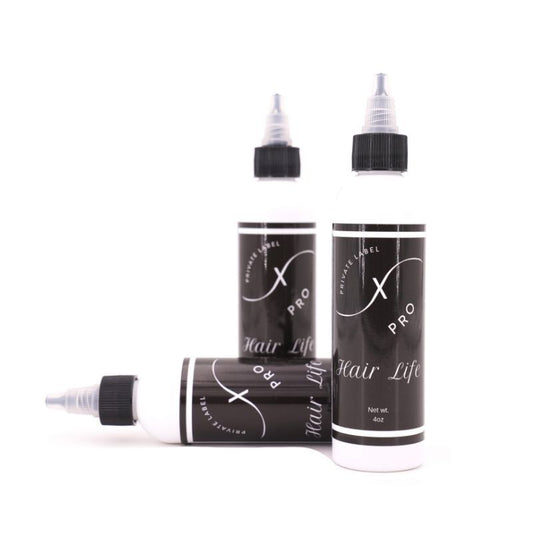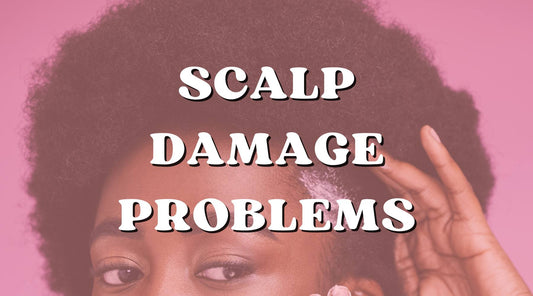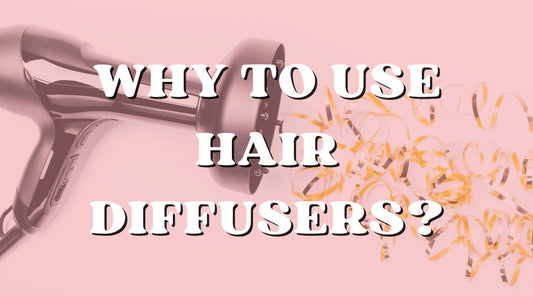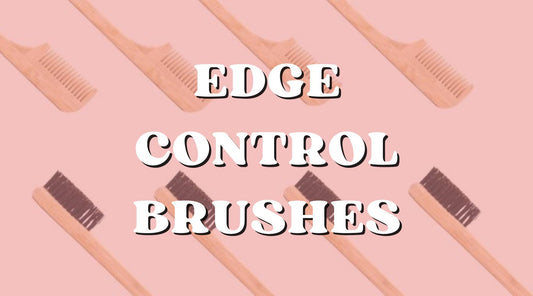1260 Memorial Drive
Atlanta, Georgia 30316
404-458-1330
Ultimate Safe Ways to Detangling Your Hair and Tools to Use
Mikey MoranBetween testing new hair products, installing sew-ins, testing new hairstyles, and sleeping on our hair unsecured, none of us are safe from the terrible trauma of knotted hair strands.
Rather than running the risk of self-induced split ends. 😔
Read the ultimate safe way to detangle your hair and tools to use guide to make detangling your hair bundles much easier on you and your precious strands.

Wet Detangling vs. Dry Detangling
We are often taught not to detangle our hair unless it is drenched in conditioner.
But not when it's wet because our hair is the weakest point. However, we are also told not to brush or detangle our hair if it's dry.
So which one is it? In what state is our hair the weakest and strongest?
To answer this question, we must understand the structure of the hair strand.
Each strand of hair is made up of keratin proteins.
Keratin is a long strand of amino acids made up of cohesive chains, held together by chemical bonds, hydrogen, saline, hydrophobic, and disulfide bridges.
Weaker hydrogen bonds can temporarily be broken by water, heat, and humidity, allowing the strands to be moldable.
The breakdown of the bonds when the hair is wet makes the hair strands weaker and more fragile.
When the hair dries, the bonds are reinstated, strengthening the hair. For women with kinky curly hair, it is easy to see.
For example, when the hair is wet, it stretches and is loose, yet when it dries, it shrinks back to its original curl pattern.
Hair is the strongest when it is dry, and all bonds are intact; however, detangling can be achieved both ways, so let's explore the advantages and disadvantages of wet or dry detangling.

Dry Detangling Uncovered
The state of your dry hair is stronger than the state of your wet hair.
When detangling your hair dry, be sure to coat your hair with lubricating oil to provide a smooth barrier that will lessen friction.
The downside of detangling your hair while it is dry is time and patience while gently dry detangling an entire head of hair.
You also run the risk of snapping strands or chipping away the cuticle of your hair because the hair lacks flexibility in this state.
Wet Detangling Uncovered
The best advantage of detangling your hair while wet is using a water-based hair conditioner to assist you in your detangling process.
Although the strands are most fragile when wet, the hair is flexible in this state and can endure a comb when used carefully with products.
There are conditioners, leave-in conditioners, and detanglers formulated to coat the hair strand and smooth the cuticle to ensure less stress on the hair shaft while you gently comb your hair.
The downside of detangling your hair while wet is the ability for your hair to become more tangled when interacting with water.
If you choose this route, apply a conditioner or detangling product to support your detangling efforts and detangling your delicate strands with a delicate touch.

Who Should Dry Detangle? Who Should Wet Detangle?
There are pros and cons to both dry detangling and wet detangling.
Both techniques are the best for the right texture of hair.
Coarse or Tightly Curled and Coiled Hair
Tightly coiled hair should use wet detangling with a generous amount of conditioner.
For severe tangling, finger detangle hair with coconut oil before wet detangling your hair with a conditioner.
Loose Curls, Thick, Heavy Density Hair
Loose curls and thick and heavy-density hair will need lightly spritzed penetrating oil before dry detangling.
After, coat your hair with a smoothing conditioner before combing or brushing it.

Best Ways to Detangle That Mane
Divide Your Hair into Sections
Use hair clips to section your hair off into small sections to allow more manageability.Isolating smaller pieces of hair at a time will make detangling your hair much more comfortable and will make identifying knots easier.
Tip: After each section is tangle-free (if dry detangling), smooth penetrating hair oil will be applied onto the ends with your fingers to moisturize and protect against future knots.
Detangle from the Bottom up
A safe way to detangle your hair is in small sections, beginning close to the ends and progressively detangling closer to the roots, always from bottom to top.
Hold Your Hair Firmly Above the Knot While Combing
Once you have found a tangled piece of hair, hold the section firmly above the tangled portion you are detangling.
If you've placed a firm grip above the tangle/knot, you will stop the tug of your comb from pulling on your scalp.
This way, you avoid pain and possibly pull out hair from your scalp. Doing this will also allow more control over the tangles.

Finger Detangle vs. Detangling Tool
Believe it or not, your fingers can untangle knots in ways a brush or comb won't be able to.
Gently pull apart tangled strands, ensuring you take your time!
Detangling your hair using your finger will incur far less damage than combing through a knot or tangle over and over.
Once you've done all you can with your finger, spray a detangler or conditioner (if wet detangling) and go in with your detangling tool to smoothen out the remainder of your hair.
If dry detangling, apply penetrating oil and begin detangling with your hair tool.

Detangle Hair While in the Shower
For highly textured or damaged hair, detangling in the shower is ideal.
After shampooing, saturate your hair with a conditioner and use your fingers to loosen the major knots.
Once your hair is mostly tangled-free, use a wide-tooth shower comb to remove the remainder of the tangled hair and knots, and dry your hair by squeezing the ends of your hair.
Tip: For very curly hair, after saturating hair with conditioner, place your hair inside a plastic shower cap. Allow the conditioner to soak into your hair for 10-30 minutes, finger detangle and rinse with cool water.
Don't Towel Dry Your Hair
But towels are made to dry things, right?
Well, of course, using a traditional towel is not ideal for drying your hair.
The coarse texture and dryness of cotton or terry cloth can cause damage to your hair. Try switching to a T-shirt or microfiber towel.
These two materials will absorb excess water while reducing frizz.
Blot and squeeze your hair instead of rubbing your hair by moving up and down your hair shaft.
Tip: If possible, air-drying your hair is best.

Ways to Prevent Tangles & Knots in the Future
Keep Your Hair Trimmed Regularly
Dry and split ends contribute a lot to tangled/knotted hair.
Be sure to keep your ends healthy by having them trimmed regularly every 2-3 months.
Many people are worried about retaining length, so they skimp on having their ends cut, but regular trims are necessary to grow and maintain long, healthy hair.
Sleeping on Top of a Silk Pillowcase or with a Silk Hair Bonnet
Friction from cotton pillowcases causes tangles, so using a silky, slippery, surfaced pillowcase reduces this while you're sleeping.
Focus on Washing Your Scalp
When shampooing your hair, concentrate on your scalp, where grease and sebum collect.
The remainder of the shaft will get cleaned as the shampoo rolls down the hair shaft.
When shampooing, concentrate your efforts on the scalp to minimize the amount of movement on the ends of your hair to reduce friction.

Tools to Detangle Your Hair
Detangling your hair is a vital part of wash day, and there is only so much your fingers and hair products can do.
Without proper detangling, you can end up with damaged, knotted hair.
Finding the perfect detangling tool to help you along the process will reduce the time and tangles.
So, let's look at some ultimate safe ways to detangle your hair and the tools to use to help the process.
Cricket Ultra Smooth Hair Detangler Comb Infused with Argan Oil
The Cricket Ultra Smooth Hair Detangler is a 10-inch comb ideal for detangling hair wet or dry, especially useful for thick, long hair.
The comb has infused argan oil, olive oil, and keratin protein, which slowly evaporates over time.
The oils help detangle and defrizz the hair, leave the hair shinier, and hydrate and repair damage while smoothing the cuticle.
Denman Brush
This brush is used best for medium to thick, curly hair and is not ideal for thinner hair.
Wide Tooth Shower Comb
These are fairly cheap options and are in most beauty supply stores or local drug stores.
There is a hook at the end to hang in the shower so you can detangle your hair while showering.
Be sure of the type you purchase; the cheaper combs with jagged edges can cause splits ins.
Tip: Try finding a shampoo comb with round edges
Tangle Teezer
The tangle teezer is the response to the Denman brush not being ideal for women with thinner strands.
The bristles are softer and make it a lot easier for the hair to detangle. This brush is also perfect for thicker hair as well.
Wet Brush
This brush is for wet hair.
The spacing of the bristle is not too close to pull the hair but close enough to get smooth.
The bristles are friction-free, have little balls, and are mini detanglers on the ends. They are gentle and give zero friction on the hair.

Let's Detangle Those Tangles
Depending on your hair type, detangling can be more of a challenge than other hair types.
However, all hair textures and the healthiest of hair require detangling. Detangling will never end. ❤️🩹
It will always be a step in your hair care regimen.
Finding the best combination of hair and detanglers and tools will help you safely detangle your hair.
What do you find most helpful while detangling your hair? May the best hair days be ahead of you!
Learn How to Maintain Short Hair!

